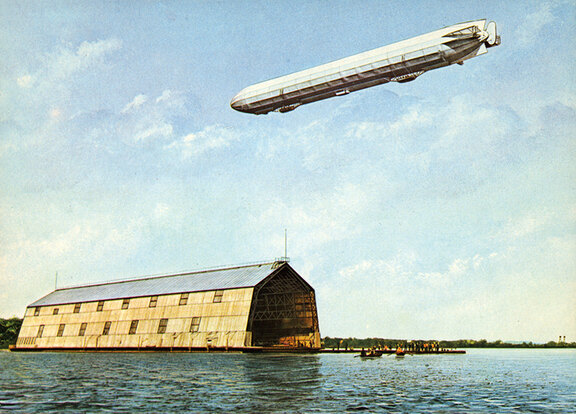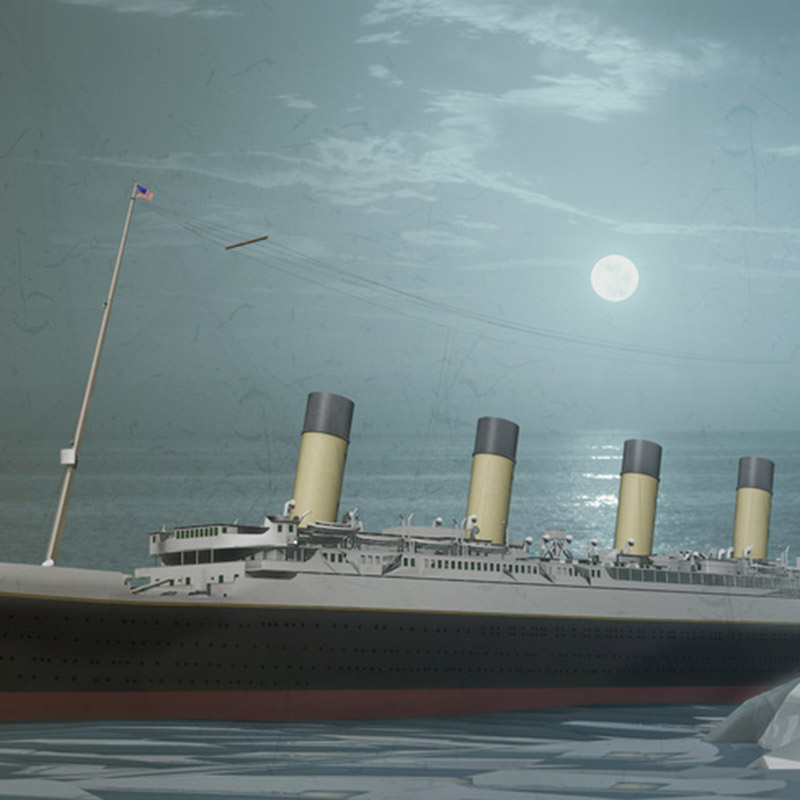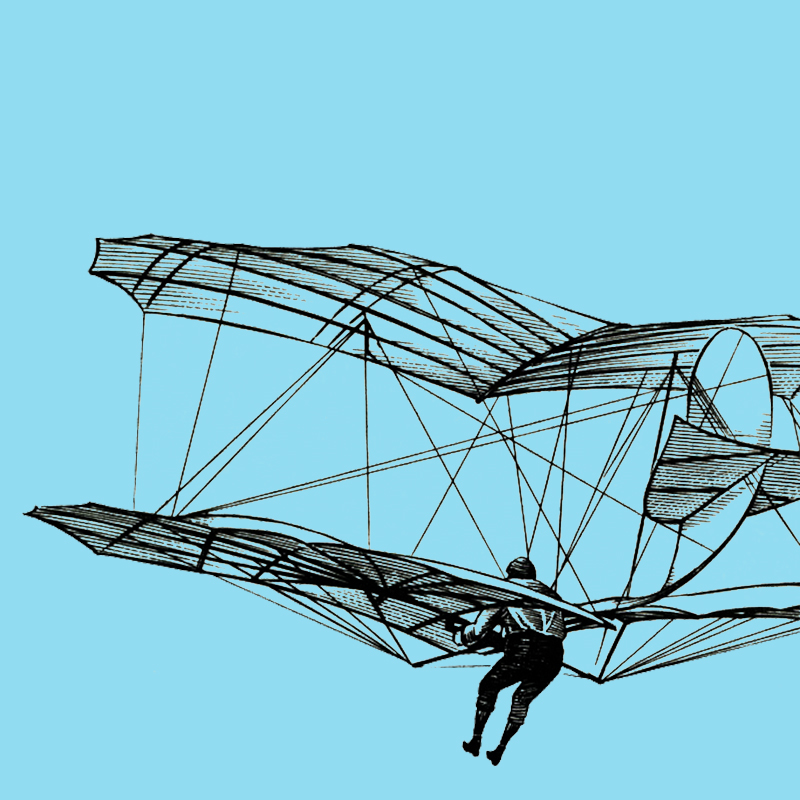Ferdinand Graf von Zeppelin was a cavalry officer and general staff officer, a visionary, and diarist: his entries of April 25, 1874, when he was 35 years old, show that he was thinking about a rigid, steerable airship. Even before that, during the Franco-Prussian War of 1870 to 1871, he had observed how the French had used balloons for reconnaissance and to secure the link between besieged Paris and the hinterland. Zeppelin sent a memo to the King of Württemberg, citing the “necessity of guided balloons”. In this, he made it clear that only airships capable of steering and not balloons were useful for warfare. In 1891 he took his leave from military service and began to put his idea into practice. At first, he received little support: a committee of experts appointed by Kaiser Wilhelm II declared his project unfeasible and advised the War Ministry against funding it. But Zeppelin was persistent: in 1898, he founded – initially with support from the Association of German Engineers (VDI) and some German industrialists – the Aktiengesellschaft zur Förderung der Luftschifffahrt with initial capital of 800,000 gold marks. Half of this sum, however, came from Zeppelin’s private assets. On August 13, 1898, the visionary was granted a patent for his “steerable aircraft with several carrier bodies arranged one behind the other”. He was finally able to start construction in 1899. The design consisted of a rigid aluminum framework made up of rings and longitudinal girders. The two nacelles were firmly attached to the skeleton. On July 2, 1900, the first Zeppelin rose above Lake Constance – but only for a few minutes: the lever of the sliding weight was broken, and the almost 130-metre-long airship had to make an emergency landing in the water.
Difficult times for airship travel
Ferdinand Graf von Zeppelin still received little recognition for his idea. It was only when his fourth airship caught fire in 1908 that many members of the public declared their solidarity. With the help of donations, he founded Luftschiffbau Zeppelin GmbH in 1908, with which he continued his vision. In the First World War, however, his airships failed to meet expectations, as they offered too large a surface for fighter planes to attack. Ferdinand Graf von Zeppelin died in 1917.
After the war, the Treaty of Versailles prohibited the construction of airships and aircraft. The restrictions were lifted in 1926 and airships were gradually used more and more, also as a way to travel the world. But accidents were a frequent occurrence. The Zeppelin LZ 129 “Hindenburg”, named after the German President at that time and one of the largest aircraft ever built, caught fire while landing on May 6, 1937. The disaster meant the end of passenger airship travel.
(Header image: Michael Rosskothen – Shutterstock, in the article: Archivist – Fotolia.com)






